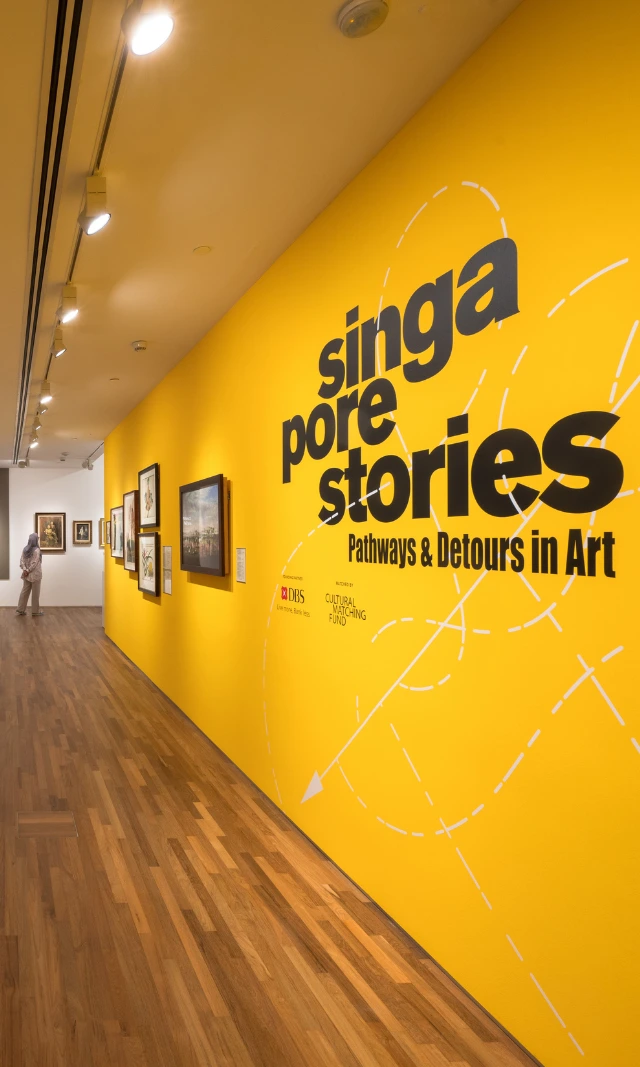Stop 9
Culture and Ceremony
4009.Culture and Ceremony(0:00)
0:00
0:00
In the 1830s, European colonists stole land from the Aboriginal people in what is now the state of Victoria, and turned it into pasture. The loss from that still reverberates today. The drawing in front of you shows Aboriginal men painted with traditional body markings, performing a dance. In front of them is an audience wearing possum-skin cloaks. This was made by William Barak, a clan Elder of the Wurundjeri people who were forcibly moved to an Aboriginal station called Coranderrk. Barak made drawings like these from his memories to pass on his cultural knowledge to the next generation. By the time he passed away, he was one of the few people left who knew the traditional practices of his people.
In contrast, the print Australia 1 by Brook Andrew was made more recently. Andrew’s work often addresses colonial narratives, and here he uses the imagery of 19th century German artist Gustav Mützel to show the Nyeri Nyeri people while playing sport. These images resemble those found in bookplates of that time. Bookplates are labels, often quite decorative ones, and are pasted into a book to show who owned it. Like Barak’s work, Andrew refers to lost Aboriginal cultural practices, and in this case, revived through borrowing colonial-era imagery.










